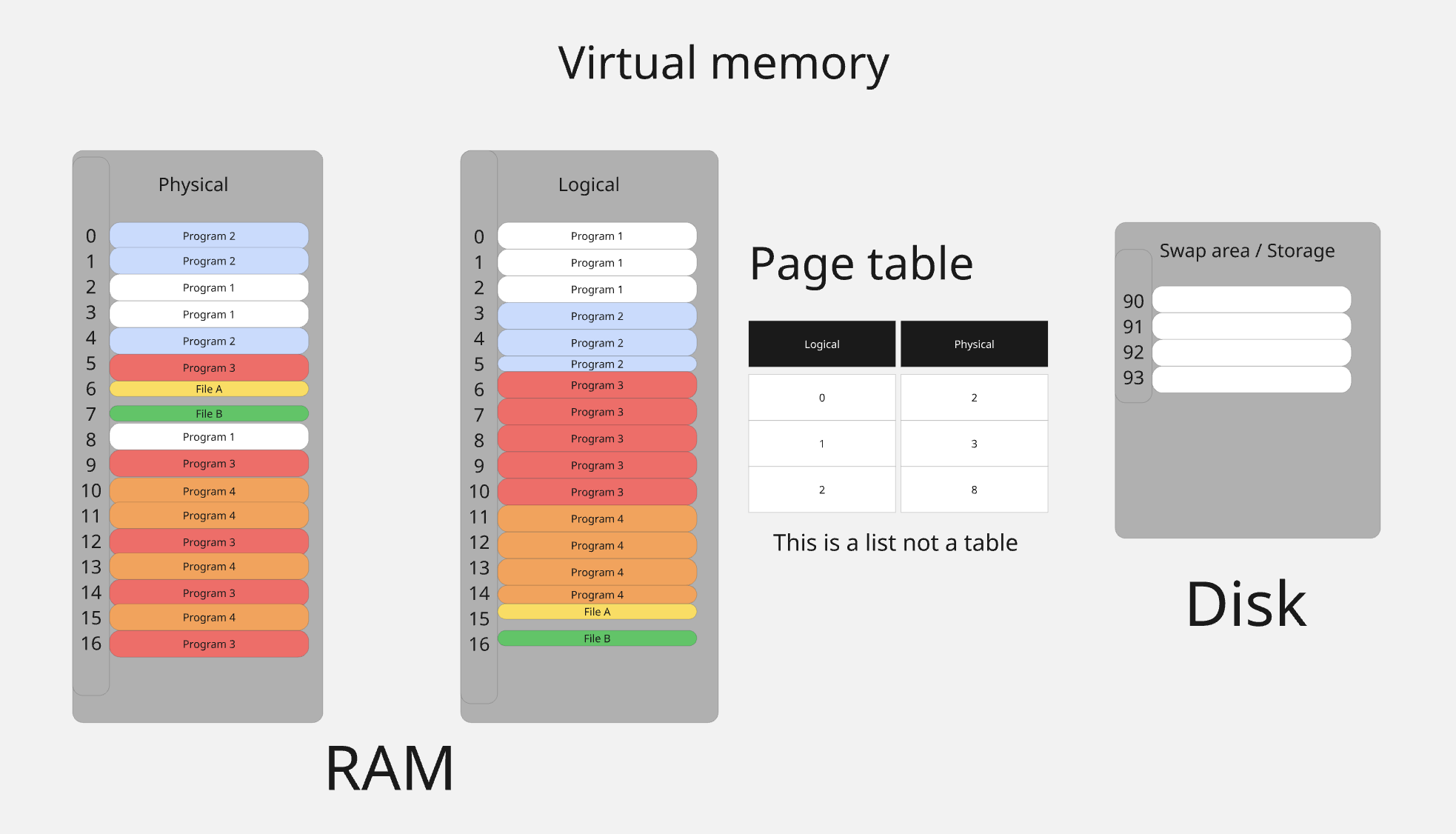
A user in Spain runs into a barrier on your site. A week later, a similar complaint is filed in France. Suddenly, your accessibility or legal team is juggling two different investigations, each with unique regulators, response deadlines, and penalties. Under the European Accessibility Act (EAA), this isn’t a hypothetical. While the law sets common goals across the EU, enforcement happens locally, and cooperation across borders is encouraged but not required. That means companies operating in more than one EU country can face simultaneous enforcement. This guide breaks down the most reliable complaint-handling information available for June 2025, covering France, Germany, Ireland, Italy, and Spain, five of the largest EU markets. Use it to prepare your compliance workflows, protect your reputation, and avoid costly mistakes. For a broader overview of who’s affected and what the EAA requires across sectors, read our European Accessibility Act compliance guide. Disclaimer: This blog is based on official regulator websites, published laws, and insights from UsableNet’s 2025 webinar series. It does not constitute legal advice. We make every effort to ensure accuracy and appreciate feedback from readers. This post was updated to clarify the roles of enforcement authorities in Ireland under the EAA, based on new guidance and public clarification from Irish sources. How complaints are filed: Users must first raise their accessibility concerns directly with the provider. If unresolved, complaints should be submitted to the appropriate authority depending on the service. Ireland does not have a single EAA compliance body. Instead, responsibility is distributed across several regulators, including: Commission for Communications Regulation (ComReg) – for telecoms and electronic communications Coimisiún na Meán – for audiovisual and media services Irish Aviation Authority – for air transport National Transport Authority – for other forms of transport Central Bank of Ireland – for financial services Competition and Consumer Protection Commission (CCPC) – for relevant products and services in scope The National Disability Authority (NDA) advises these compliance and market surveillance authorities on accessibility matters but is not an enforcement body under the EAA. What you need to do: Penalties: Users submit feedback via the required “Accessibilité” link. If ignored, they can file a complaint with the Défenseur des droits. In persistent or commercial cases, the matter may be passed to the DGCCRF, the French consumer protection authority. Acknowledge feedback within 10 days. Update your Déclaration d’accessibilité with current issues and remediation timelines. Annual penalties start at €20,000 per noncompliant site. Maximum fine: €250,000. Read more in our blog on how to achieve RGAA compliance in France. Complaints begin with the Feedback-Mechanism published on the site. If no response is received, users can escalate to the relevant Landesbeauftragte or BFIT-Bund. Some disputes may be resolved in an administrative court. Respond within 4 weeks. Post updates in the Erklärung zur Barrierefreiheit (accessibility statement). Fines start at €10,000. Severe violations may exceed €500,000. Additional court-awarded damages are possible. Read about Germany's digital accessibility laws in more detail in this blog. How complaints are filed: What you need to do: Penalties: A real-world example: In April 2024, Spanish airline Vueling was fined €90,000 for failing to make its website accessible. The case, reported by the European Accessibility Resource Centre, shows how enforcement is already underway, even before the EAA’s June 2025 deadline. How complaints are filed: Users must contact the provider first. If unresolved, complaints are submitted to AgID via this form. Escalation to the Ministry of Disability may occur in severe cases. What you need to do: Respond within 30 days. Update your Dichiarazione di accessibilità with the progress of remediation. Penalties: Administrative fines up to €25,000. Read this blog for more details on Italy's Stanca Act. Yes—although EN 301 549 does not explicitly mention “accessibility statements,” most EU member states now require in-scope companies to publish a statement or a similar document. These typically must: Regulators in countries such as Ireland, France, and Spain review the accessibility statement early in the complaint process, making it a crucial part of your compliance strategy. For more insights, this on-demand webinar explains how to create accessibility policies and statements that meet EAA and WCAG requirements, including real-world examples. Create a centralized inbox (e.g., [email protected]) monitored daily. Audit and update your accessibility statements for each market. Standardize documentation of user reports and responses. Train internal teams—legal, dev, and support—on country-specific rules. Track updates in quarterly ESG or compliance reports. UsableNet offers three distinct solutions to help businesses meet EN 301 549 and EAA requirements: UsableNet Assistive A fully managed service that delivers WCAG and EN 301 549 compliance with minimal effort from your team. Our experts handle remediation, testing, and monitoring—proactively reducing compliance risks and ensuring a better digital experience for users in the EU. A flexible solution offering expert guidance, developer training, usability testing by people with disabilities, and integration support to embed accessibility into your workflows. AaaS helps you build sustainable internal capacity while staying ahead of evolving regulations. An automated testing platform that integrates into your dev and QA processes. AQA provides real-time insights and issue tracking to help you detect and resolve barriers early, keeping your websites and apps aligned with EN 301 549. Unsure if your business is in EAA/EN 301 549 compliance? You can read more about key deadlines for EAA/EN 301 549 compliance and get the help you need to become EAA compliant.
Ireland: Complaint Process and EAA Enforcement
France: Responding to Digital Accessibility Complaints
How complaints are filed:
What you need to do:
Penalties:
Germany: Accessibility Complaint Procedures and Fines
How complaints are filed:
What you need to do:
Penalties:
Spain: OADIS Process and EAA Enforcement
Italy: AgID Process and EAA Enforcement
Are Accessibility Statements Required Under the EAA?
5 Steps to Prepare for EAA Complaints Across Jurisdictions
How UsableNet Supports EAA Compliance
Accessibility as a Service (AaaS)
AQA Accessibility Testing Platform
Act Now to Meet the June 2025 Deadline for EAA Compliance

UsableNet
Founded in 2000, UsableNet created some of the first tools and platforms to make websites accessible and usable for all people. Starting out, we worked with government agencies as well as universities and corporations. Today, accessibility has become important to almost all companies. We provide accessibility solutions to Fortune 1000 companies, small and medium enterprises, government, and education organizations across industries including retail, travel, hospitality, food services, automotive, financial services, and healthcare.
.png)




